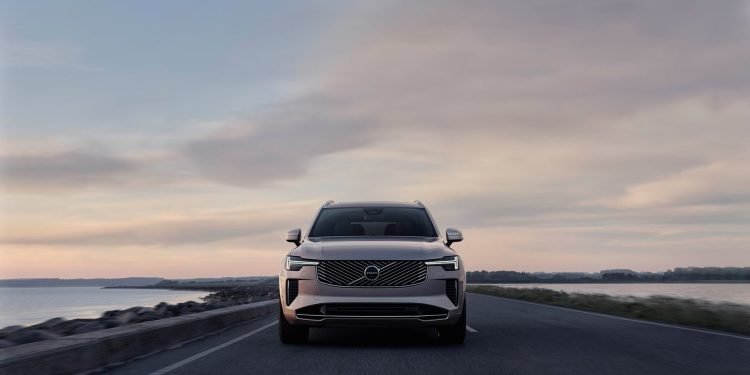XC90 Refreshed as Volvo rethinks ICE sales after 2030
Words NZ Autocar | Images Volvo
A few weeks ago, Volvo hinted that it may retain an updated version of the XC90 on its books. Three weeks later and we get to behold the facelift that’s inspired by the EX90 electric SUV. It also comes in for some suspension and powertrain upgrades.
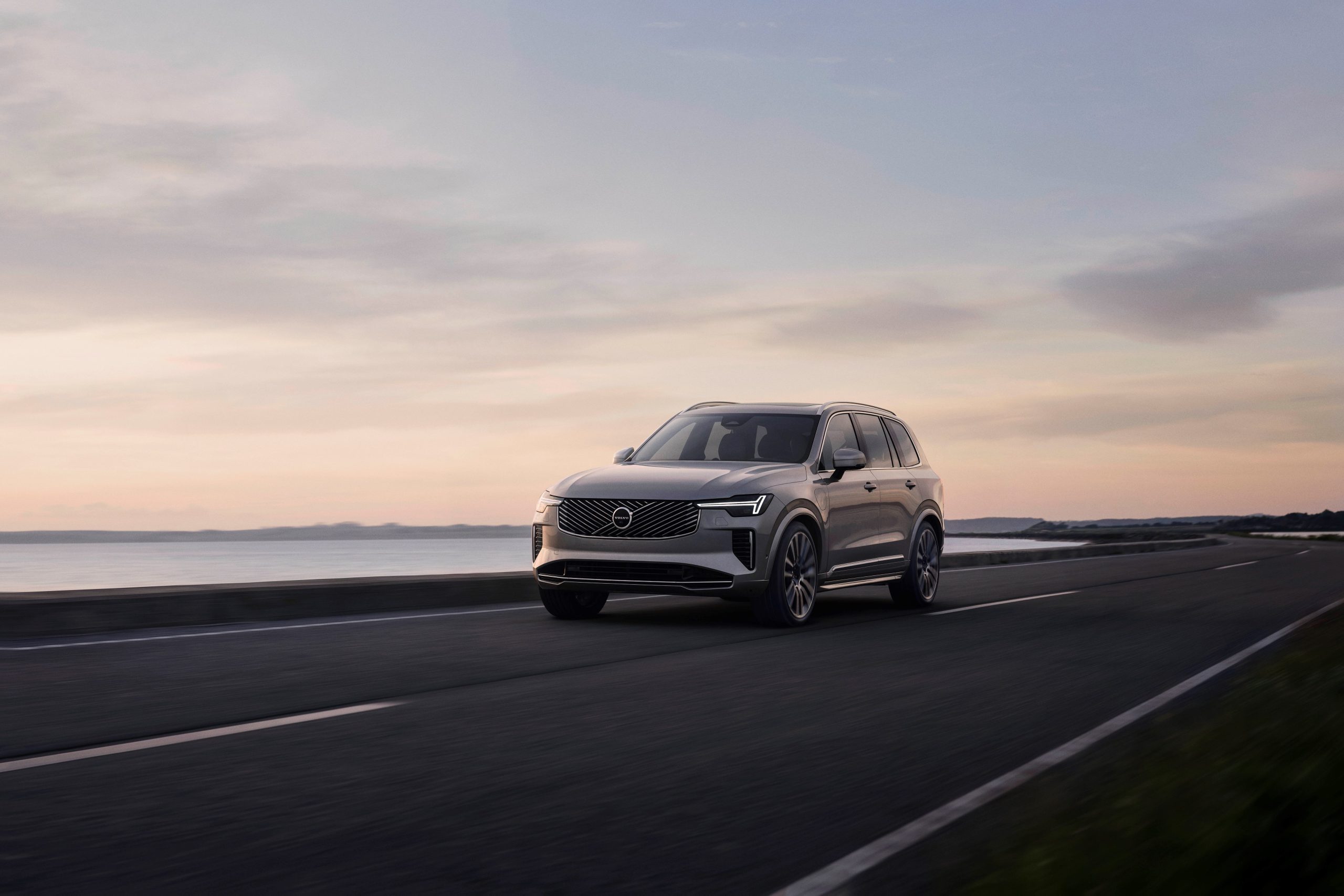
A T8 PHEV model will head the range, offering an electric range of 70km from its 14.7kWh battery. Recharging the pack using a wallbox takes around three hours.
Volvo has also updated its popular XC90 SUV with a number of fundamental changes that include design and technology advances inspired by EX90.
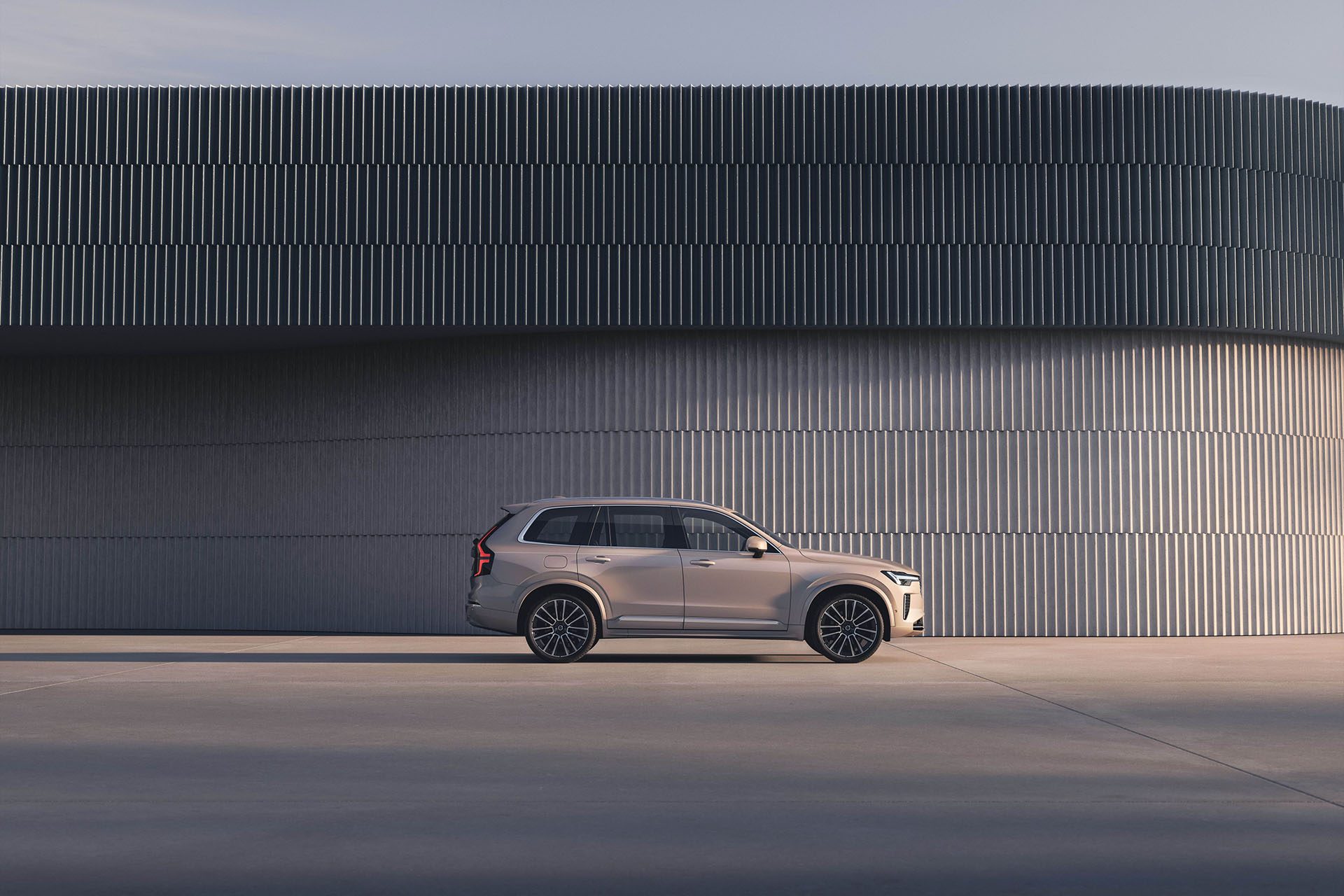
The company has sold almost one million examples of XC90 since the second generation model came on the scene in 2014.
This latest iteration is effectively a Gen2.5 offering, riding on the same SPA1 platform. It retains a choice of three hybrid powertrains, the plug-in hybrid range topper and two mild hybrid four-wheel drives.
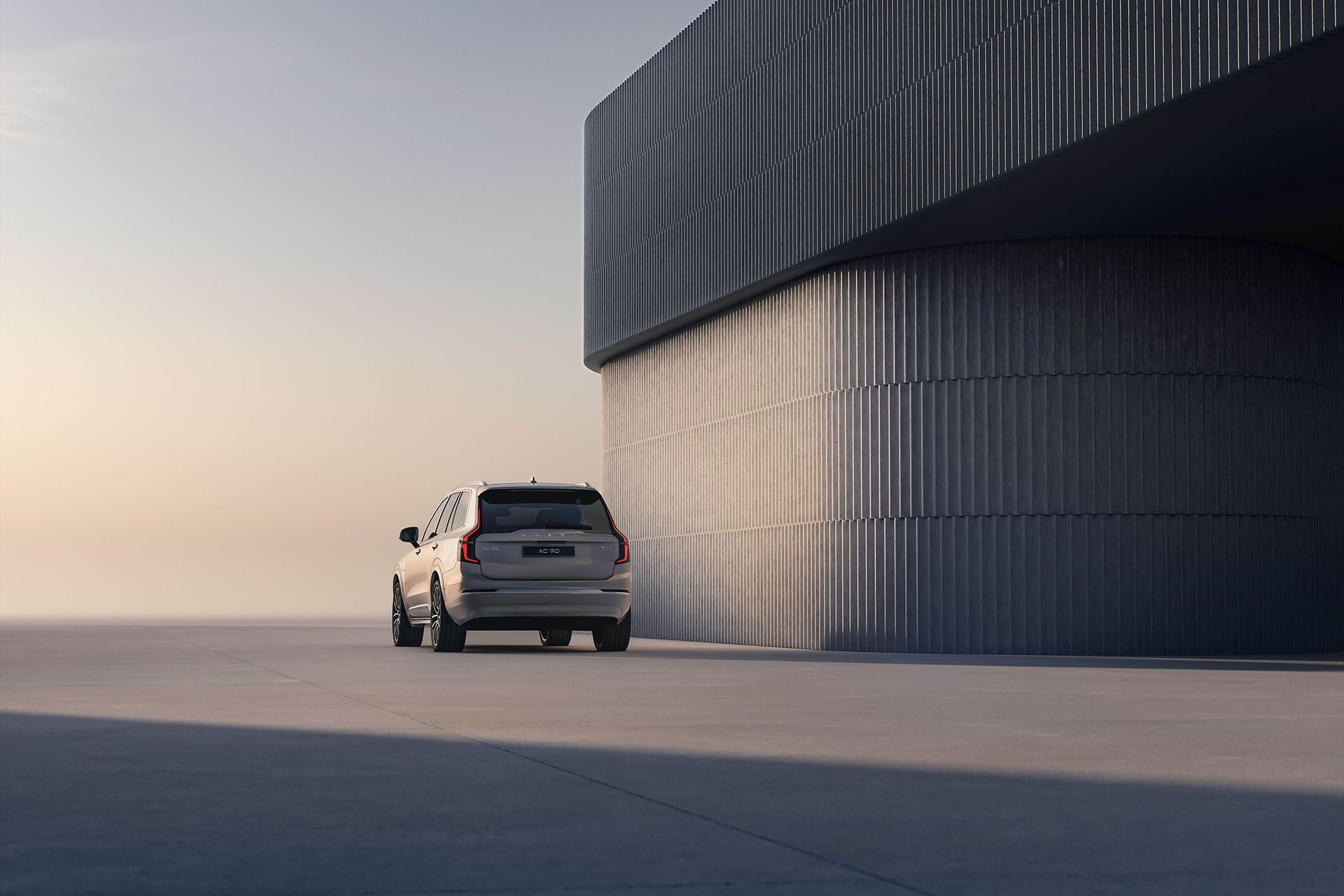
The Swede had previously said that it will sell only EVs from 2030. However, slowing sales in the EV sector have forced a rethink. CEO Jim Rowan now says that Volvo could continue to sell some hybrid models after that date.
He commented “We are not dogmatic about our 2030 ambitions. Most important is that we provide products that our customers want.
“The transition to electrification will not be linear. Customers and markets are moving at different speeds, and therefore we will continue to invest in our hybrids so that wherever you are in your journey to electric driving, you can have a Volvo to suit your needs and your situations.”
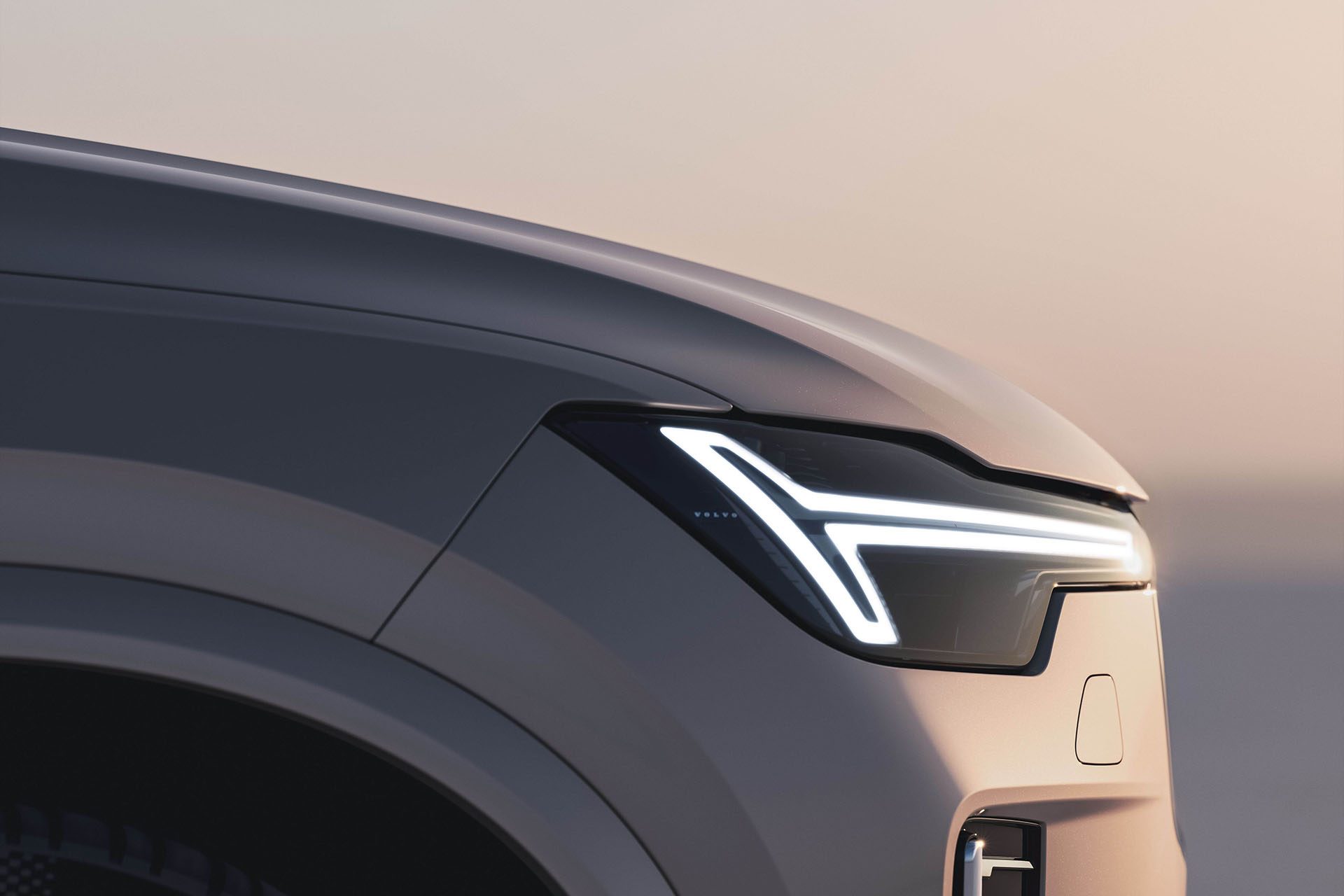
The two mild hybrids use a four-cylinder turbopetrol mated to an integrated starter-generator (ISG). The base B5 makes 184kW, while an e-supercharger lifts the B6 output to 221kW.
These engines now run on the Miller combustion cycle to optimise fuel efficiency. The B5 has an official fuel economy figure of 8.5L/100km while the B6 is good for 8.9L/100km overall.
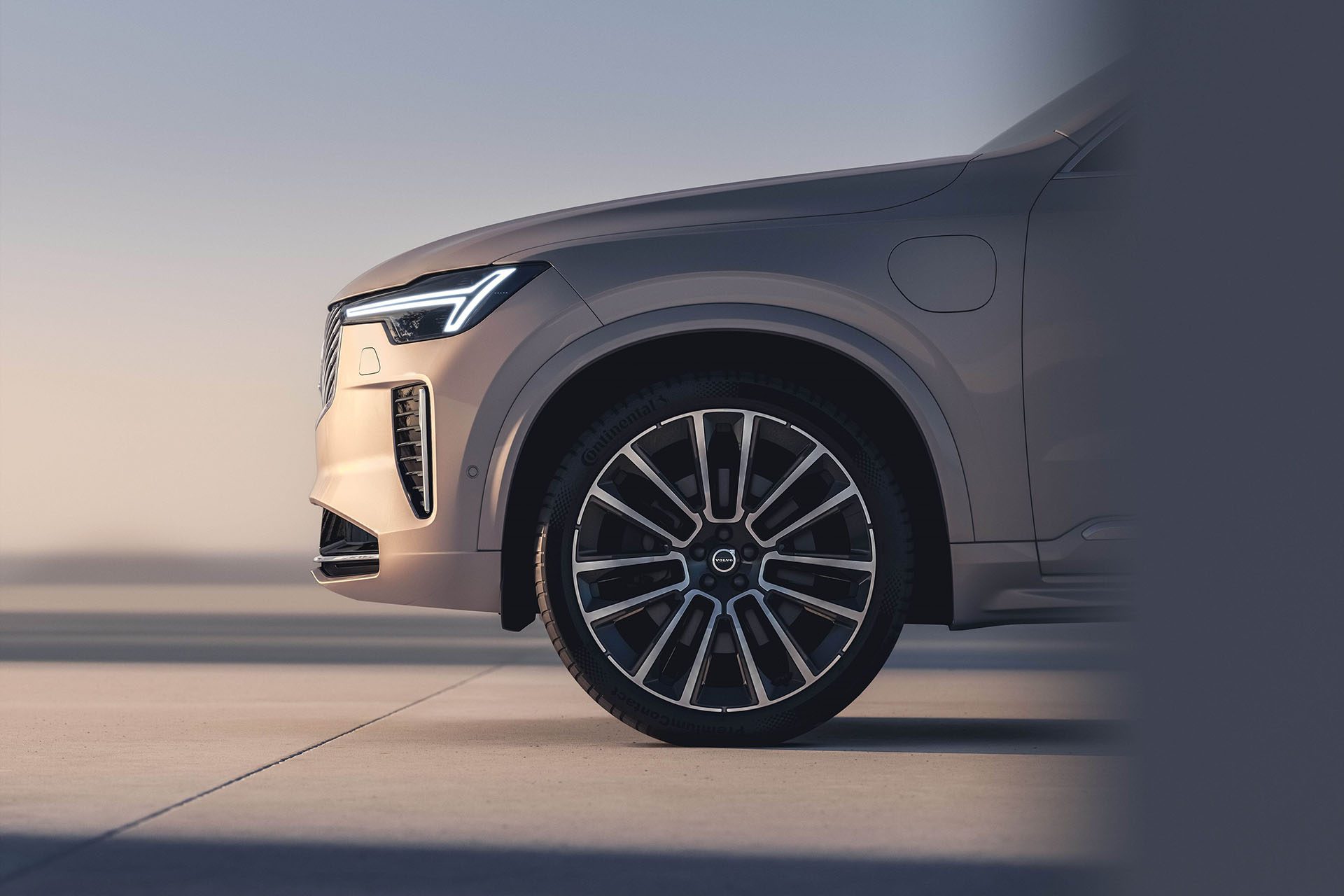
Underpinnings for the revised XC90 are different, with a new double-wishbone set-up for the front axle and an integral link with frequency-selective dampers at the rear. These changes evidently improve ride comfort and on-road stability. Air suspension with adaptive damping is a cost option.
Changes to the exterior include a revised engine grille and headlights, new alloy designs (20-22inches) and refashioned tail lights.
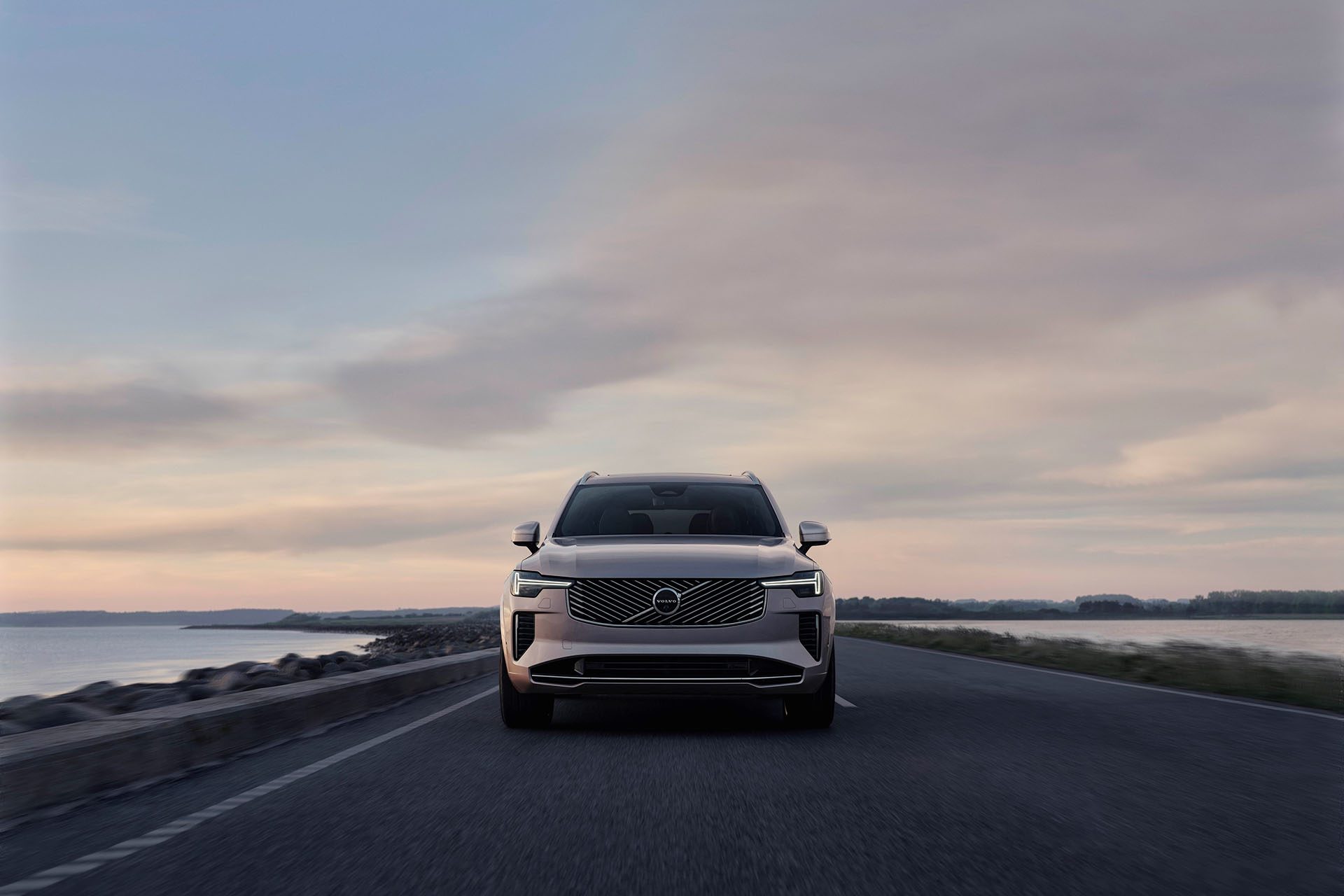
The interior features a new horizontal design like that of EX90 and additional use of recycled upholstery components. There’s a new Qi charger, a bigger 11.2-inch touchscreen and a 2+1 cupholder set-up (includes room for a can). The IFT uses Google software and allows for over-the-air updates. XC90 will come with five, six or seven seats, depending on customer needs.
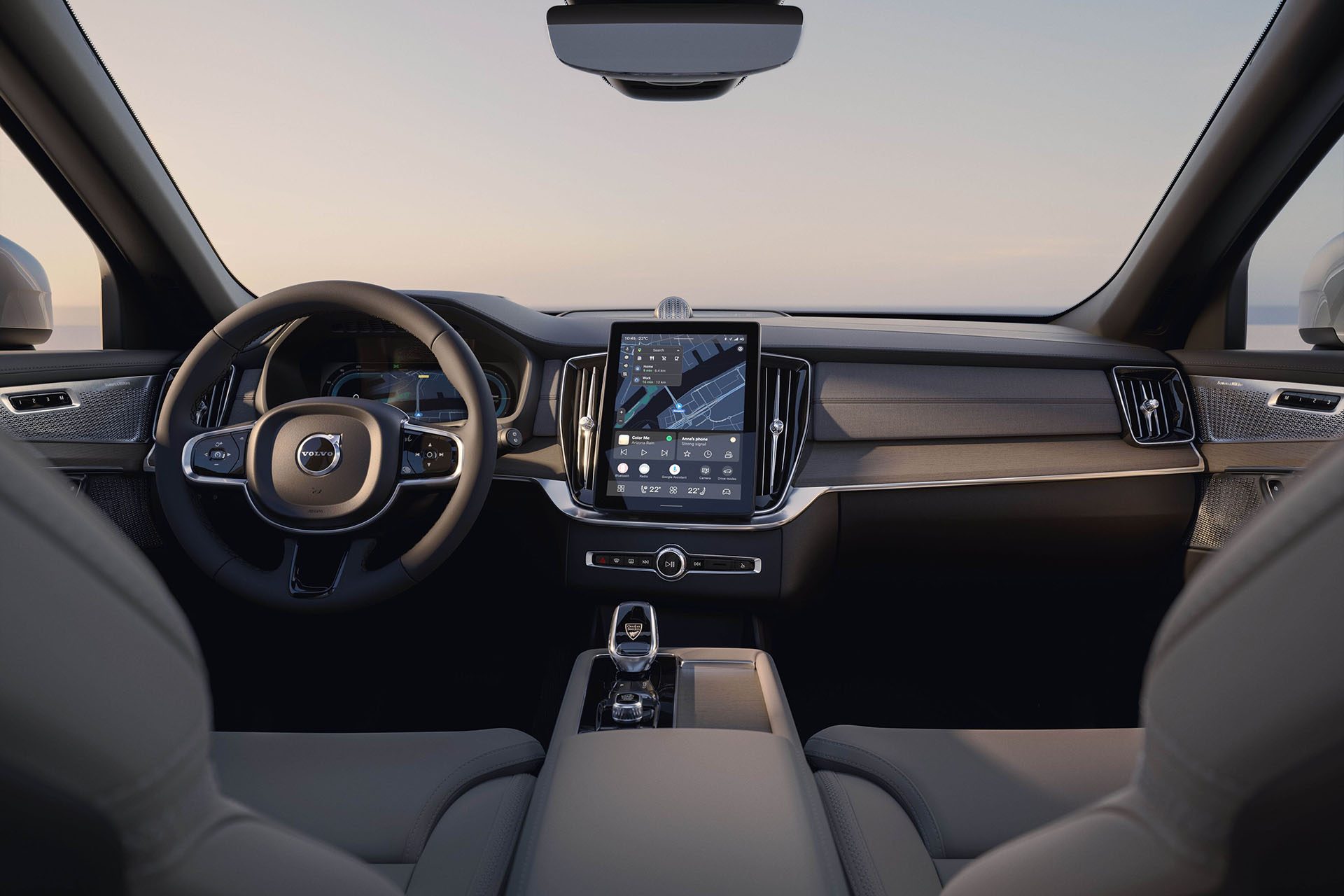
Luggage space ranges from 640L for the PHEV to 680 for the mild hybrid five-seaters, less than half that for the seven-seaters.
Production is scheduled to begin in Q4, with first deliveries happening before year end.


